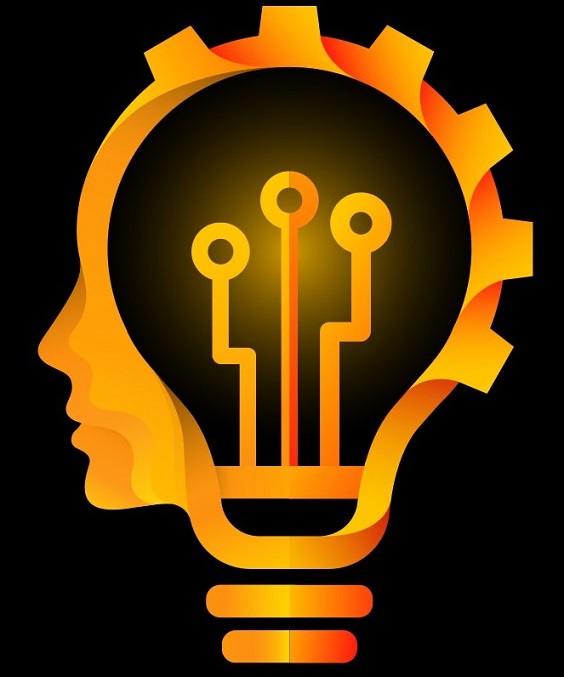The 'True Innovation Model'©
Innovation does not happen in a vacuum; there are several key factors that will affect your success in True Innovation.
Firstly, there are two parts to innovation:
(1) The 'Content of Innovation', i.e. delivering a result through an innovation process
(2) 'Influencing Innovation', factors that make it easier or - quite often - more difficult for people in organisations to be innovative. These factors describe the context in which innovation takes place.
The 'Content of Innovation' falls again into two closely connected entities, namely:
Idea Generation: a measure for how creative an organisation is; how easy it is to come up with new concepts or solutions for existing issues, often achieved by looking outside the immediate environment of the organisation.
Idea Conversion: assesses how well an organisation can take existing ideas for innovation and convert them into reality; be they prototypes, new processes, organisational improvements etc.
These two categories together make up the so-called 'Innovation Engine'. Ideally, you want this engine to keep rotating constantly, churning out results on a regular and frequent basis.
The Innovation Engine is suspended within its environment, or the 'context' of an organisational structure. Five key elements create this structure, influence it, and are therefore important to consider when talking about innovation.

The 'True Innovation Model©'
Leadership - The way the company is led from the top. Are the leaders perceived to walk the walk, or rather only to talk the talk? What is their stance on innovation? Is it a key factor in their work, do they value innovation, actively commit to it, and support innovation leaders? How inclusive is their approach or is it rather top-down?
Communication assesses the style and effectiveness of an organisation's method for sharing information, knowledge and best practise within. This can be between departments, from the leadership team to the entire population or amongst individuals.
Networking is the ability of employees to connect, discuss and co-create with like-minded colleagues, including those outside the organisation. The strength of the collective network of an organisation strongly influences its ability to innovate.
Change Management assesses how effective organisations are tackling the changes they are implementing themselves. This is NOT simply reflecting changes in the environment of the organisation (PESTLE), but refers only to the ability to make changes to the way the organisation works, what they work with, what they are working on.
Culture signifies the unspoken but widely understood do's and don'ts within an organisation, often associated with the Iceberg Model, i.e. most of it is invisible underneath the surface. The more complex and closed an organisation's culture is, the more difficult it will be to integrate new employees, initiate new ideas or make changes without (often hidden) resistance.
Combining Innovation Content with Innovation Context in one coherent diagram creates the 'True Innovation Model'© and forms the basis for the 'Innovation Scorecard'; as well as for the modules on offer to TRUE
INNOVATION's clients en route to assessing and improving their innovation
capabilities.
Testimonials

Sean Coleman
Innovation Manager at
National Grid Electricity Transmission plc
"National Grid's Annual Innovation Assessment rests on the True Innovation Model framework. The team at True Innovation has been outstanding at developing and automating our survey process and reporting the results back to us with useful feedback and realistic plans for improvement. Utilising the model's dimensions of content and context, we are able to measure our results against the previous datasets annually and track improvements year-on-year."


